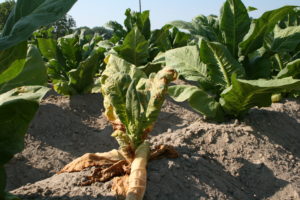
Thrips Flight and TSWV Risk Assessment Report – 16 April 2018
This is the third thrips flight and TSWV risk assessment report. Read about why we are posting these reports and …



El inglés es el idioma de control de esta página. En la medida en que haya algún conflicto entre la traducción al inglés y la traducción, el inglés prevalece.
Al hacer clic en el enlace de traducción se activa un servicio de traducción gratuito para convertir la página al español. Al igual que con cualquier traducción por Internet, la conversión no es sensible al contexto y puede que no traduzca el texto en su significado original. NC State Extension no garantiza la exactitud del texto traducido. Por favor, tenga en cuenta que algunas aplicaciones y/o servicios pueden no funcionar como se espera cuando se traducen.
Inglês é o idioma de controle desta página. Na medida que haja algum conflito entre o texto original em Inglês e a tradução, o Inglês prevalece.
Ao clicar no link de tradução, um serviço gratuito de tradução será ativado para converter a página para o Português. Como em qualquer tradução pela internet, a conversão não é sensivel ao contexto e pode não ocorrer a tradução para o significado orginal. O serviço de Extensão da Carolina do Norte (NC State Extension) não garante a exatidão do texto traduzido. Por favor, observe que algumas funções ou serviços podem não funcionar como esperado após a tradução.
English is the controlling language of this page. To the extent there is any conflict between the English text and the translation, English controls.
Clicking on the translation link activates a free translation service to convert the page to Spanish. As with any Internet translation, the conversion is not context-sensitive and may not translate the text to its original meaning. NC State Extension does not guarantee the accuracy of the translated text. Please note that some applications and/or services may not function as expected when translated.
Collapse ▲
This is the third thrips flight and TSWV risk assessment report. Read about why we are posting these reports and …

This is the second thrips flight and TSWV risk assessment report. Read about why we are posting these reports …

TSWV virus incidence was higher in 2017 than in previous years due, in part, to warm winter temperatures and …

In recent years, many growers have noticed an increasing incidence of deer feeding in young cotton. There are many …

As mentioned in the previous article, the past two years have brought significant challenges throughout much of our planting …

At this point in the game, there is no need in predicting what the weather will hold for the …

Tobacco thrips are the most common thrips species that infest North Carolina cotton. Because most tobacco thrips populations are …

The 1st Annual Chatham County Spring Ag Fest on March 24, 2018, was a huge success with an estimated crowd …

The second half of March through the first week in April is normally the ideal time for burndown applications …
North Carolina required training for the use of registered auxin herbicides (Engenia, Enlist Duo, Enlist One, FeXapan, XtendiMax) in …
Tobacco Nutrient Solution Analysis …

The 2017 Flue-Cured Tobacco OVT results are now available and can be accessed through the links below. Each data …
It’s still early in the game, but its not too early to be thinking and planning defoliation and harvest …
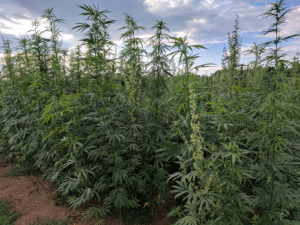
There’s a lot of excitement about a new crop for North Carolina that is just now being harvested: industrial …

Pyrethroids (common examples include Baythroid XL, bifenthrin, Declare, Karate Z, and Mustang Maxx) have been used for managing bollworm …

As predicted, our first bollworm flight into cotton has been early and heavy. While our recommendation still stands to …

Here are a few things to think about when trying to differentiate between calcium deficiency and dicamba drift symptoms. Characteristics …

Bollworms are abundant again during 2017. Many survived the winter an emerged early. This could mean trouble for cotton, …

Tobacco Research Update: Manganese Deficiency of Tobacco In this tobacco research update, we highlight the symptoms of manganese deficiency. These images …

Tobacco Research Update: Copper Deficiency of Tobacco In this tobacco research update, we highlight the symptoms of copper deficiency. These images …

This factsheet describes the symptoms of an ALS inhibitor herbicide injury.
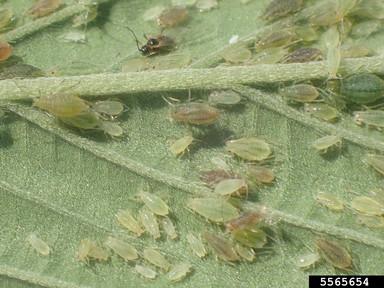
This factsheet discusses the biology, damage, and management of the cannabis aphid in industrial hemp …
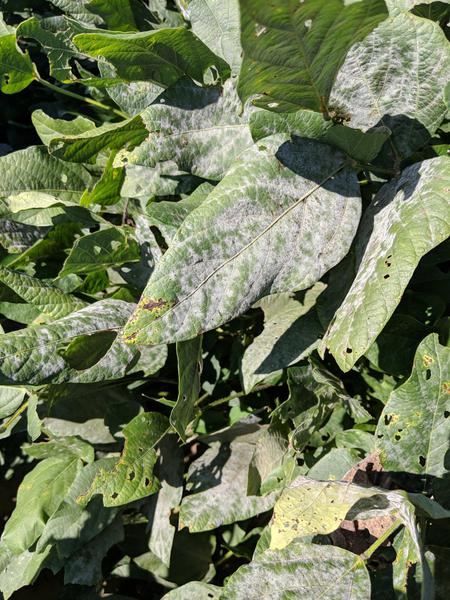
Powdery mildew is a common foliar disease caused by a fungus. The causal agent of …

This factsheet covers the signs, symptoms, and control of early leaf spot in peanuts in …
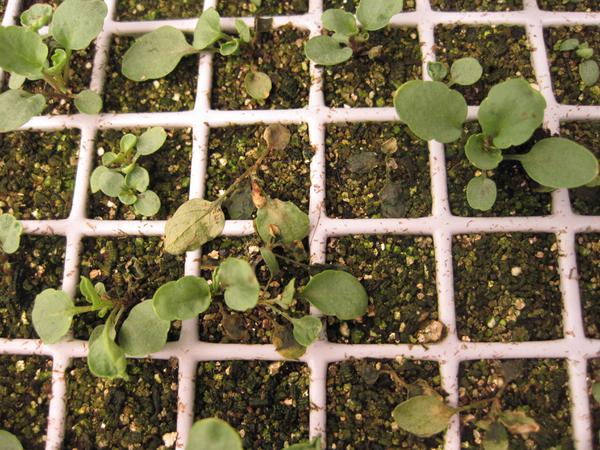
This factsheet offers information on damping off in flower and vegetable seedlings, a result of …
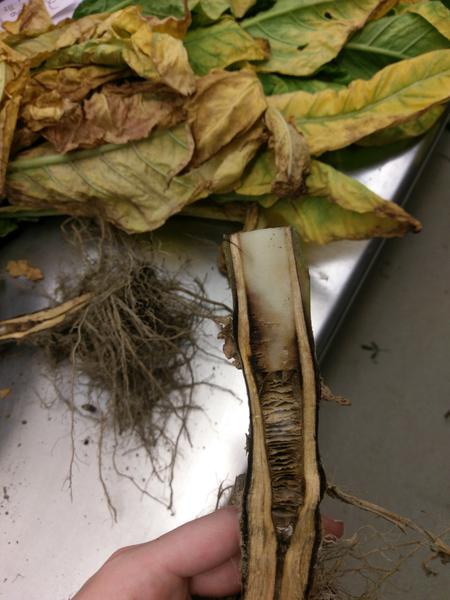
Black shank is an economically important disease of tobacco that threatens production in North Carolina. …

This guide presents basic facts about seeds, including how they develop, how to store and …
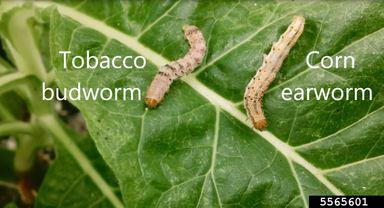
This factsheet discusses the biology, damage, and management of the corn earworm and tobacco budworm …